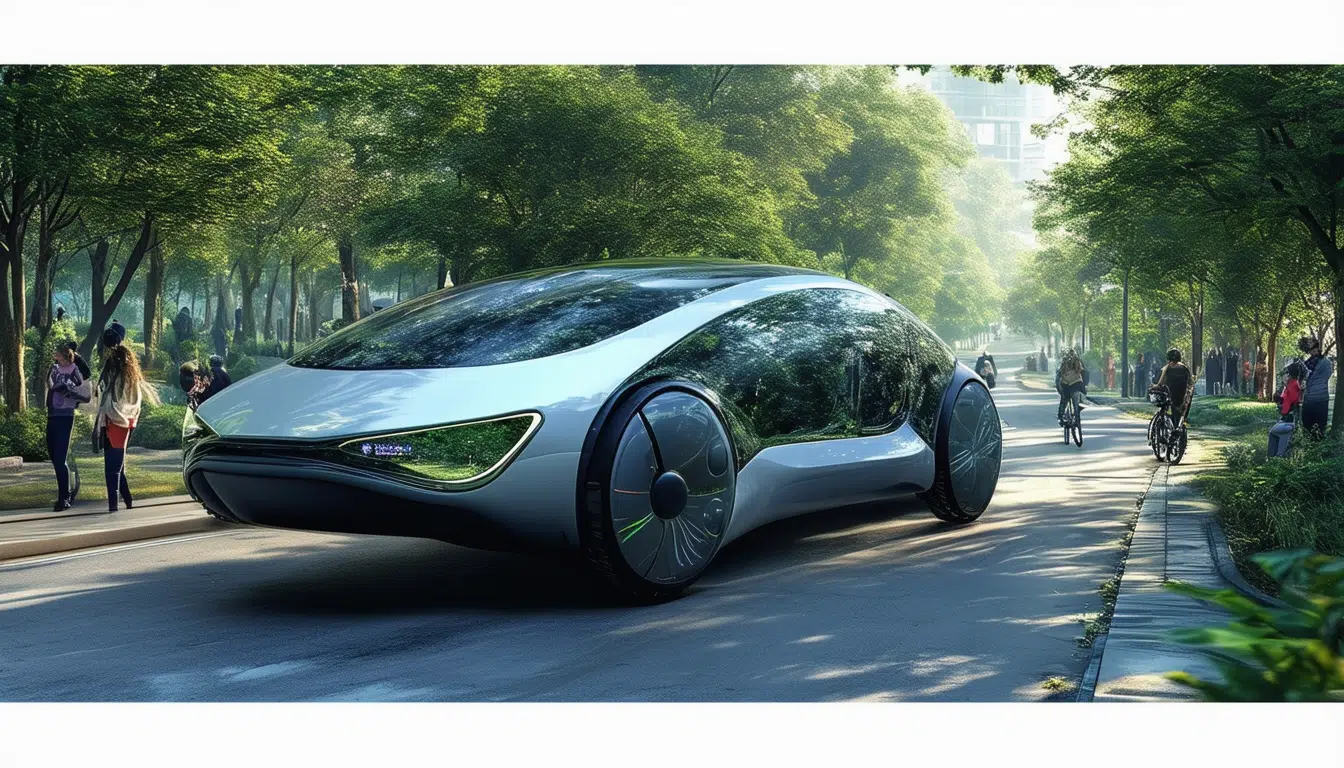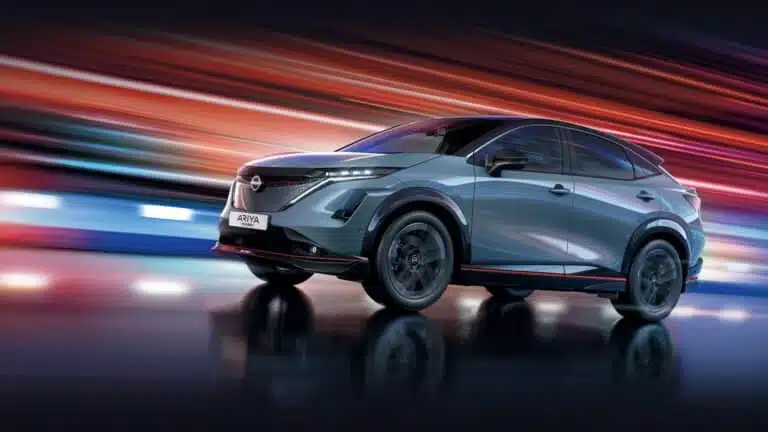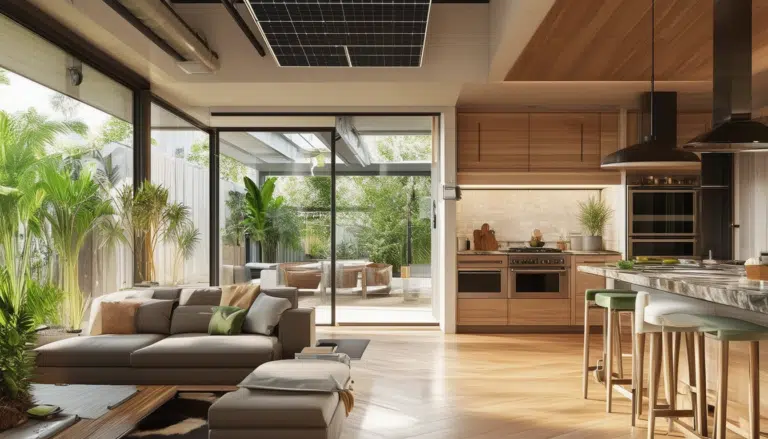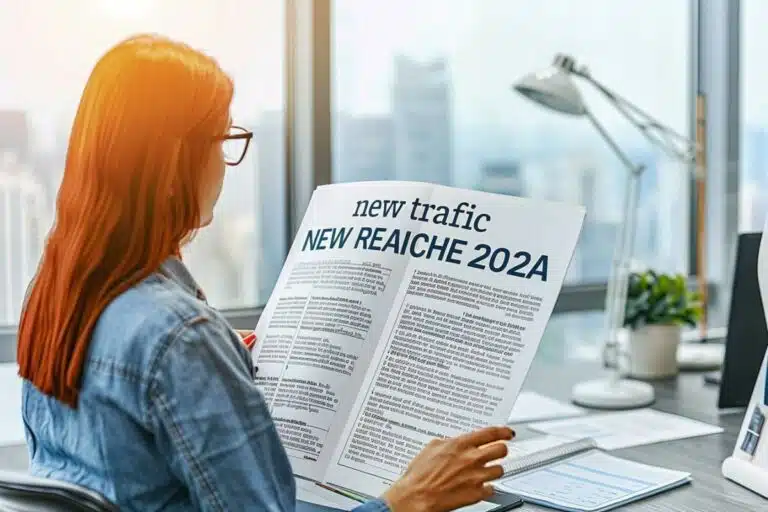The evolution of transport: vehicles inspired by nature, stress monitoring, and the integration of augmented reality

In a world where technology advances by leaps and bounds, transportation is no exception. We are witnessing a remarkable transformation in the way we move, with innovations ranging from bio-inspired vehicles to advanced systems for monitoring driver stress. The integration of augmented reality adds a new dimension to the driving experience, allowing for greater interaction with the environment. These trends aim not only to improve the efficiency and sustainability of our journeys but also to redefine our relationship with mobility in the cities of tomorrow.
The evolution of transportation: A glimpse into the future
The world of transportation is undergoing a radical transformation driven by technological innovations and a growing focus on sustainability. From bio-inspired vehicles that imitate natural structures to improve efficiency, to advanced monitoring systems that assess driver well-being, through the integration of augmented reality for a more interactive driving experience. This article explores these innovations and how they are redefining our relationship with urban mobility and the environment.
Vehicles inspired by nature
One of the most fascinating developments in automotive design is the use of bionics. Researchers are collaborating with manufacturers to study and apply the characteristics of natural organisms to vehicles. For example, the structure of hawk wings is being explored to design aerodynamic surfaces that reduce drag and improve fuel efficiency. This approach could be essential not only to increase the range of electric cars but also to decrease the consumption of traditional combustion engines.
Stress monitoring in driving
The well-being of the driver is a crucial factor in the modern driving experience. With the help of monitoring technologies and neurotechnology, current systems are capable of measuring the stress and fatigue levels of the driver through sensors in the steering wheel and seat. Based on these metrics, alternative less congested or more pleasant routes can be suggested, with the aim of reducing stress and increasing safety.
The integration of augmented reality
Augmented reality (AR) has begun to break into practical applications in transportation beyond entertainment. One of the promising developments is the projection of information directly onto the vehicle’s windshield, providing route directions, alerts about dangers, and highlighting points of interest. This not only improves safety but also fosters a more complete interaction with the environment, making cities more accessible and understandable for drivers.
Impact on urban mobility and sustainability
The rise of these innovations is transforming urban mobility into a more sustainable model. The combination of bio-inspired vehicles, smart monitoring tools, and augmented reality applications not only promises to improve efficiency and reduce environmental impact but also to make our cities more livable. With each advancement, a new opportunity arises to redefine how we interact with our environment and how we envision the future of transportation.
Evolution of Transportation: A Connected and Sustainable Future
Transportation is undergoing a radical transformation, guided by principles of sustainability and bio-inspired elements. The study of natural structures, such as hawk wings, has allowed for the development of more energy-efficient vehicle designs. The aerodynamic shapes derived from these studies not only help reduce air resistance but also promise to decrease the consumption of natural resources. The advancement of these technologies is set to revolutionize both electric and internal combustion vehicles, optimizing their performance and reducing their ecological footprint.
The integration of neurotechnology has introduced a new dimension to the driving experience. By monitoring driver stress, intelligent systems can offer more relaxing and comfortable routes, customizing the journey according to the individual’s emotional and physiological state. This approach not only enhances the driving experience but also increases road safety by reducing risks associated with fatigue and stress.
On the other hand, augmented reality (AR) has begun to play a crucial role in how we interact with the environment while driving. The projection of real-time information onto the windshield, such as traffic alerts and points of interest, is significantly improving safety and environmental perception. This technology offers a more dynamic and conscious interaction with the world around us, potentially transforming how we visualize urban and rural transportation.
Together, these innovations point towards a more sustainable, safe, and modernly tailored transportation system. The future of transportation, supported by these emerging technologies, promises more efficient and environmentally friendly mobility. The path toward a truly intelligent transportation ecosystem is already underway, driven by the synergy between nature, technology, and the human mind.



